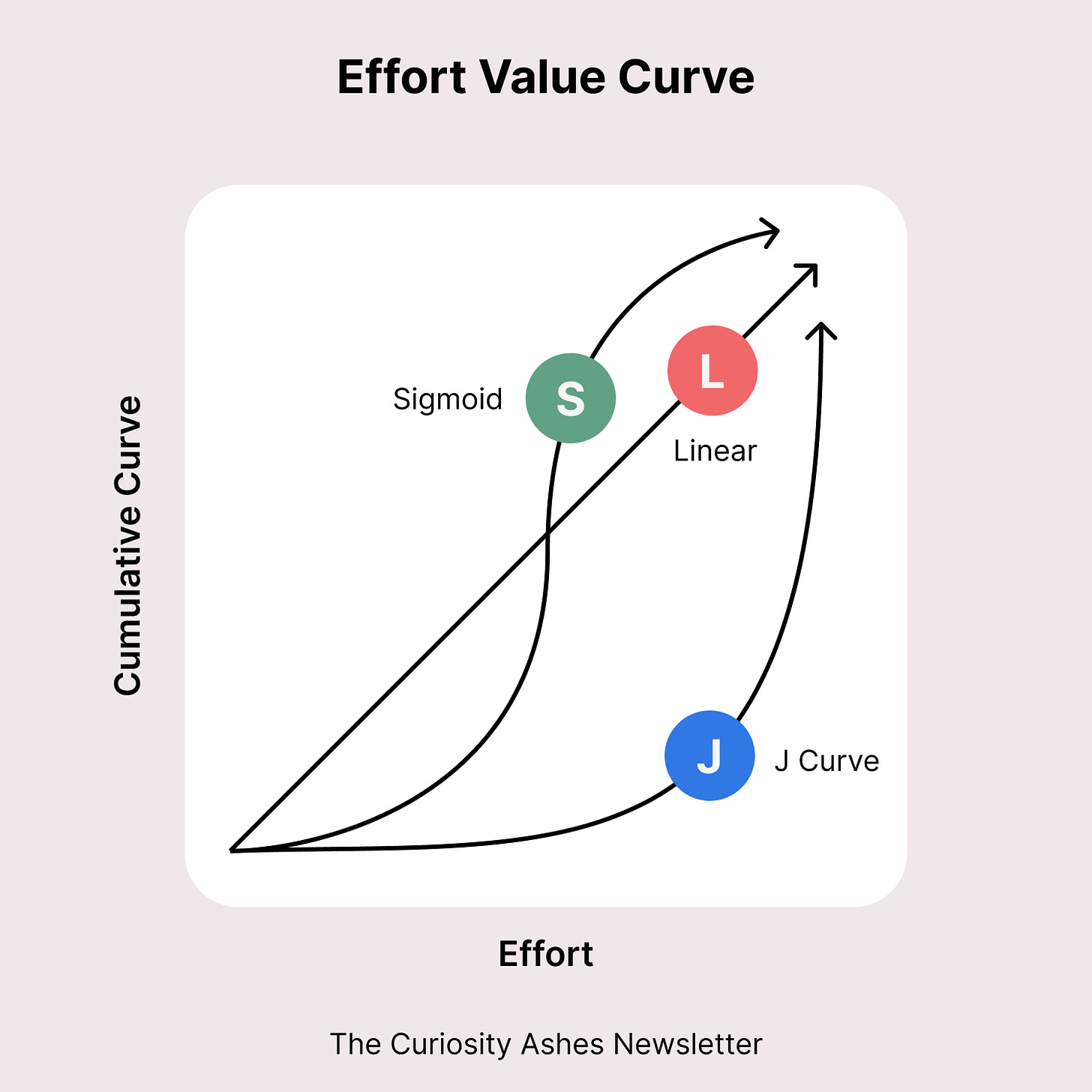Boosting Productivity: The Essential Guide to Prioritizing
Hi, I’m Kevin Wang. As a Product Manager, I delve into weekly analyses of startups, spotlighting UX, product management, and personal growth techniques to enhance productivity.
Today’s Fast Summary:
Prioritizing isn't about doing everything, it's about making smart choices.
Prioritize tasks by organizing them based on value, cost, and effort.
Elevate productivity: Set goals, use the Eisenhower Matrix, break tasks, and reflect on results for top prioritization.
Boost Productivity with Tulsk
Today's newsletter spotlights Tulsk.io, our AI-driven assistant for seamless project management.
Meet your smart virtual assistant 🤖.
Enjoy automation, instant alerts, and smooth collaboration.
Evolve with AI, making project management a breeze. Join me as we step into the future!
Amid stress and busyness, we often tackle tasks with looming deadlines, neglecting their actual importance.
Psychologist Dr. Piers Steel had conducted comprehensive procrastinator research from an early age. Here are some key findings:
95% have procrastinated at some point.
Among them, 20% do so frequently.
I'm not surprised that many people procrastinate. Here are some of my takeaway
Make a task seem more important or urgent to feel more driven.
Break big tasks into smaller, doable parts.
Set clear deadlines to push yourself to finish.
Remember, setting clear task priorities helps curb procrastination.
What is prioritization?
Prioritization means deciding the order in which to work on tasks or activities.
It's not just about ranking tasks by importance; it's a mix of factors that affect how motivated you are.
Here's a breakdown of what prioritization truly means
Task's Importance: This is about how much a task matters or feels rewarding to you. You'll likely put a task higher on your list if it seems valuable.
Urgency: This is how soon a task needs to be done. Tasks with close deadlines usually come first.
Delay Sensitivity: Some people hate waiting more than others. Those who hate it a lot might choose quick wins over bigger, delayed benefits.
Prioritization is about picking what's most important to do first. It helps people use their time and resources well by focusing on top tasks.
How to prioritize tasks effectively?
“To change your life, you need to change your priorities.” – Mark Twain
Take this quote as your compass in the journey of task prioritization
1. Identify your BHAG
Upon reading Sahil Bloom's piece about BHAG—Big Hairy Audacious Goal—I realized its potency. As the title implies, it champions goals that are both visionary and strategic, aimed at long-term achievements.
Most often, these ambitions span a timeframe of 10 to 30 years. For instance:
"Publish a bestselling novel before hitting 40."
"Complete a marathon on each continent by 2030."
"Master 5 languages in the upcoming decade."
Crystalize your BHAGs:
Pen them down, get them printed, or even display them on your wall.
Choose the visions that resonate with you.
2. Urgency vs. Importance
Dwight D. Eisenhower, a prominent World War II general and a U.S. President, developed a method to efficiently make key decisions.
The Eisenhower approach guides you to:
Immediate tasks (urgent and important)
Tasks to schedule (important but not urgent)
Tasks to delegate (urgent but not vital)
Tasks to discard (neither urgent nor important)
This matrix is fantastic for prioritizing, making snap decisions, and maintaining order.
Eisenhower Decision Matrix in action:
Write down all your tasks, big or small, to see everything you have to do.
Evaluate your daily tasks based on their importance and urgency. This will help you decide if you can help your colleague now or if it needs to be postponed.
Confidently say “NO” when needed by knowing your commitments
3. Break Down Tasks and Set Timelines
Divide larger projects into smaller, actionable steps. This makes them more manageable and less daunting.
Assign yourself deadlines to sustain your motivation. Here is a simple example
Learning SEO:
Breakdown:
Basics
Keywords
On-Page
Off-Page
Analysis
Stay Updated
Timelines:
Basics (1 week)
Keywords (2 weeks)
On-Page (2 weeks)
Off-Page (2 weeks)
Analysis (1 week)
Stay Updated (ongoing).
Remember:
Limit your daily tasks to three or fewer. Overloading can overwhelm you and raise the risk of burnout.
4. Reflect on Results and Importance
Instead of rushing through tasks, take a moment to think about what results they might bring and how important they are.
This helps us focus on tasks that matter and have long-lasting benefits.
Consider whether each task aligns with your product's primary objectives and plans, using John Cutler's Effort vs. Value Curves. Will it contribute to the product's long-term success?
Remember:
Consider how your effort connects to value for your main goal. It's useful no matter what system you use.
Conclusion
Efficiency is all about recognizing what truly matters, using our time wisely, and making informed choices. Prioritizing tasks is crucial for productivity, and starting with it can help you become an efficiency expert. Give it a try today and experience the positive shift in your daily activities.
Thanks again for being a part of The Curiosity Ashes Newsletter.
Hi! Got something on your mind? Ask away! We can even chat over coffee if you're around. Just hit reply with 'Hi, I'm (your name)', and I'll share a fun article or video I recently enjoyed.
to Join me on Twitter! I regularly post insights about AI, Web3, growth, startups, and mental models.








